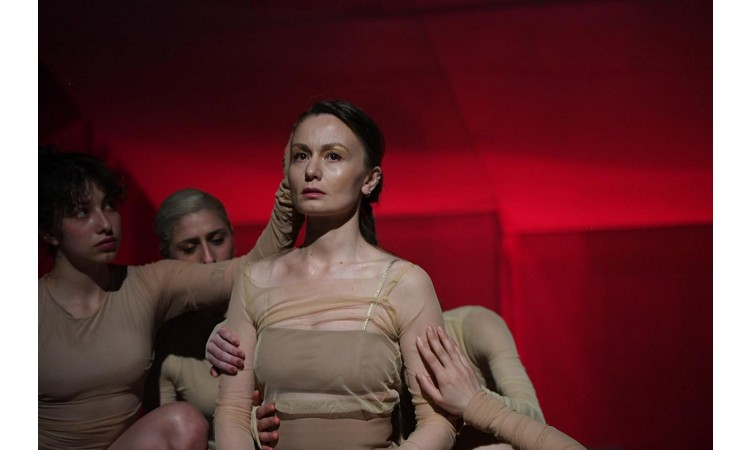2021 Report shows increased audiences, visitors for Georgian theatres, museums

Museums across the country hosted 3,200 visitors on average throughout the last year, the latest round of culture industry-related figures show. Photo via Georgian National Museum
Georgian theatres and museums welcomed increased audiences and visitors throughout 2021, with 183,800 theatre-goers welcomed by the former and 807,200 visitors checking in at museum venues across the country, the latest data published by the National Statistics Office of Georgia has revealed.
Released by the Office on Wednesday, the statistical data on the past year’s figures for the culture industry said a 46.3 percent increase in theatre audiences had been observed at 1,900 events and 1,787 performances.
The report also said the latter numbers also included 119 offsite events and 27 occasions hosted abroad, with 103 theatre-goers flocking to the shows on average.
The update also offered breakdowns of the types of theatre and museum venues across the country, revealing the 52 professional theatres in Georgia included 41 drama, musical comedy and miniature companies, seven puppet theatres, and two venues each for opera and ballet and children’s and youth troupes.

Of the professional theatre companies in Georgia in 2021, a vast majority were drama, musical comedy and miniature troupes. Photo via Royal District Theatre
Over half of the theatres - 51.9 percent - were located in the capital city of Tbilisi, with 15.4 percent found in the western Imereti region and 32.7 percent in the remaining regions of the country.
Throughout last year, 807,200 people visited museums in Georgia, marking a 160.5 percent increase compared to the pandemic-hit 2020. The national statistical agency said the average number of visitors per museum had reached 3,200 during the year. Museums also hosted 537 exhibitions, a 23.2 percent increase compared to the previous year.
In 2021, 250 museums and museum reserves were operated in Georgia, of which 99 were memorial venues, 72 focused on regional history studies, 23 were dedicated to art forms, 13 were museum reserves, and two had the profile of literary studies. The remaining types of venues included 41 museums.
Figures from the Office said 23.2 percent of the museums were operated in Tbilisi, again followed by Imereti - with 14.8 percent - and the eastern region of Kakheti with 14 percent.
 Tweet
Tweet  Share
Share